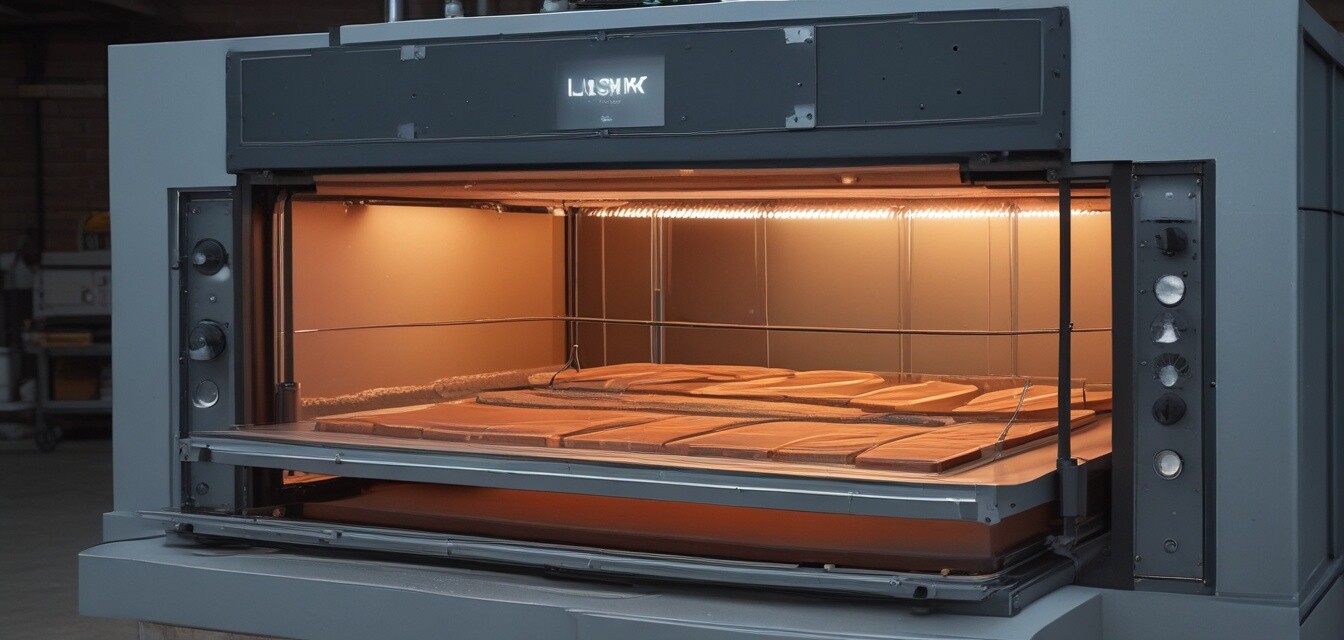
Key Factors That Affect Kiln Efficiency
Key Takeaways
- Insulation is critical for heat retention and energy efficiency in kilns.
- Regular maintenance can prolong the life of your kiln and ensure optimal performance.
- Understanding firing techniques is essential for achieving the best glass results.
- The choice of materials and their placement inside the kiln can significantly impact efficiency.
- Proper kiln setup and location can enhance overall functionality.
In the world of glass making, kiln efficiency is paramount for successful projects. Knowing various factors that influence how well your kiln performs can save you time, energy, and money. In this article, we will explore several key aspects that impact kiln efficiency and provide you with the knowledge needed to optimize your glass-making processes.
1. Insulation and Heat Retention
One of the primary factors affecting your kiln's efficiency is its insulation. A well-insulated kiln retains heat better, thus requiring less energy to maintain desired temperatures. Here are some aspects of insulation you should consider:
| Insulation Material | Effectiveness | Durability |
|---|---|---|
| Fiberglass | High | Medium |
| Mineral Wool | Very High | High |
| Ceramic Fiber | Excellent | High |
Choosing the right insulation material will greatly enhance your kiln's heat retention capabilities. This ultimately leads to more efficient glass fusing and slumping processes.
2. Regular Maintenance
Maintenance is crucial for keeping your kiln in top condition. Regular checks can help you identify problems before they escalate. Here are essential maintenance tasks to ensure efficiency:
- Inspect insulation for any wear or damage.
- Clean the heating elements and kiln chamber.
- Check and replace worn-out gaskets and seals.
- Calibrate temperature controls periodically.
By following these maintenance tips, you can prolong the life of your kiln while boosting its performance. Regular upkeep ensures that you are getting the most out of your investments in kiln accessories and tools.
3. Firing Techniques
Firing techniques play a significant role in achieving the desired glass properties. Using the correct firing schedule and ramp rates can lead to superior results. Here are some important factors:
- Gradual temperature increases reduce thermal shock.
- Understanding hold times for optimal glass fusion.
- Using temperature controls to adjust based on material type.
Utilizing these techniques will increase your chances of successful results when working with glass. Learning more about various kiln techniques can enhance your skill set.
4. Material Choices and Placement
The materials you use in your kiln and how they are placed can significantly influence efficiency. Consider the following:
| Material | Best Placement | Impact on Efficiency |
|---|---|---|
| Glass Sheets | Centered and evenly spaced | Improved heat distribution |
| Frit | Layered, with space between | Better melting |
| Molds | Stable and sturdy | Reduced risk of breakage |
Thinking critically about the materials used and their location inside the kiln will promote better efficiency and optimal outcomes.
5. Setup and Location
The kiln's setup and its environment are often overlooked but are crucial for efficiency. Here are considerations for setting up your kiln:
- Ensure the kiln is placed on a level surface to avoid uneven heating.
- Avoid locations near air vents or windows that cause temperature fluctuations.
- Provide adequate space around the kiln for ventilation and access.
A well-setup kiln will perform better, which translates to improved glass creation and energy use. Comprehensive knowledge of glass kilns aids in making informed decisions about your craft.
Pros
- Improved efficiency leads to lower energy costs.
- Better outcomes in glass projects.
- Enhanced longevity of kiln equipment.
Cons
- Regular maintenance requires time and effort.
- Initial costs of high-quality insulation can be higher.
- Learning optimal firing techniques can take time.
Conclusion
Understanding the factors affecting kiln efficiency is vital for every glass artist. By focusing on insulation, maintenance, firing techniques, material choices, and setup, you can optimize your glass-making processes. Investing in knowledge and best practices will not only enhance your results but create a more sustainable and enjoyable craft. For more information, explore our range of products in the fusing and slumping supplies category to find the perfect tools for your glass-making journey.

